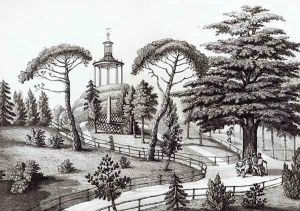Huet, Nicolas the Younger Paintings
Nicolas Huet the Younger was a French artist born in 1770 into a lineage of distinguished artists and engravers. His father, Nicolas Huet the Elder, and his grandfather, Jean-Baptiste Huet, were both recognized for their artistic talents, which greatly influenced his career path and artistic development. Huet the Younger was particularly renowned for his detailed and accurate depictions of animals, contributing significantly to the fields of natural history illustration and zoological studies during his time.
Throughout his career, Huet the Younger worked closely with prominent scientists and explorers, illustrating their findings and discoveries. He became especially well-known for his work with the French naturalist Étienne Geoffroy Saint-Hilaire, providing illustrations for some of Saint-Hilaire's scientific publications. Huet's drawings and watercolors of animals, both living and extinct, were praised for their precision and beauty, bridging the gap between art and science in a way that was innovative for his era.
Huet the Younger's contributions to scientific illustration were part of a broader movement in France that emphasized the importance of accurate visual representations in the study of natural history. His work was not only valuable to scientists but also captivated the general public, who were fascinated by the exotic and unfamiliar species being discovered during this period of global exploration.
Despite his significant contributions, Nicolas Huet the Younger's name is not as widely recognized today as some of his contemporaries. Nevertheless, his illustrations continue to be appreciated for their artistic merit and historical value, residing in museum collections and scientific archives around the world. Nicolas Huet the Younger passed away in 1830, leaving behind a legacy of work that remains an important resource for both art historians and scientists alike.
